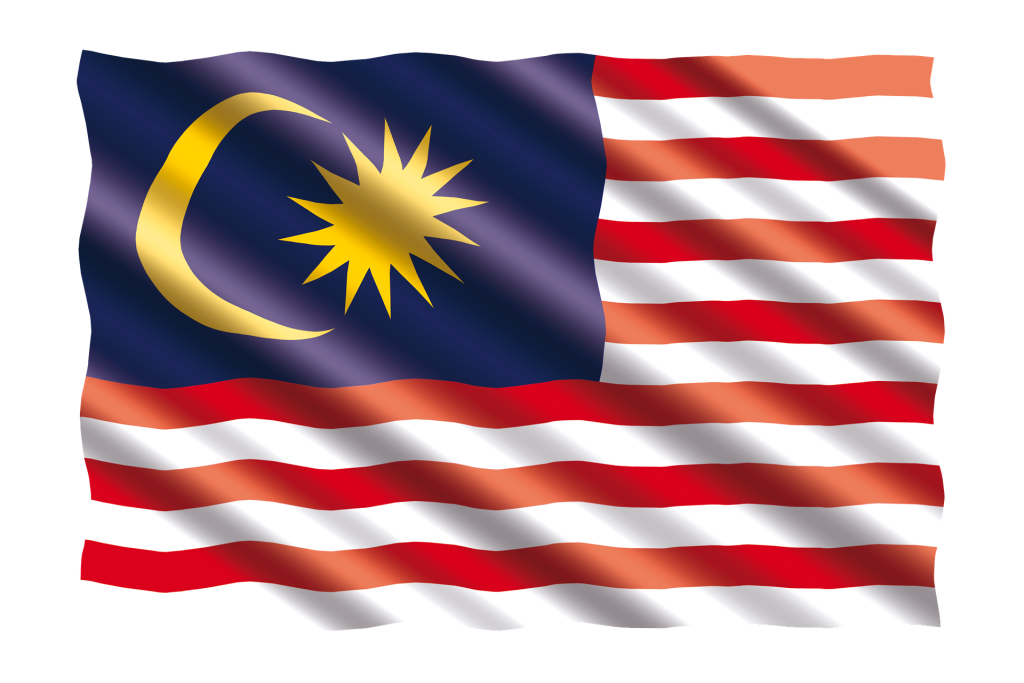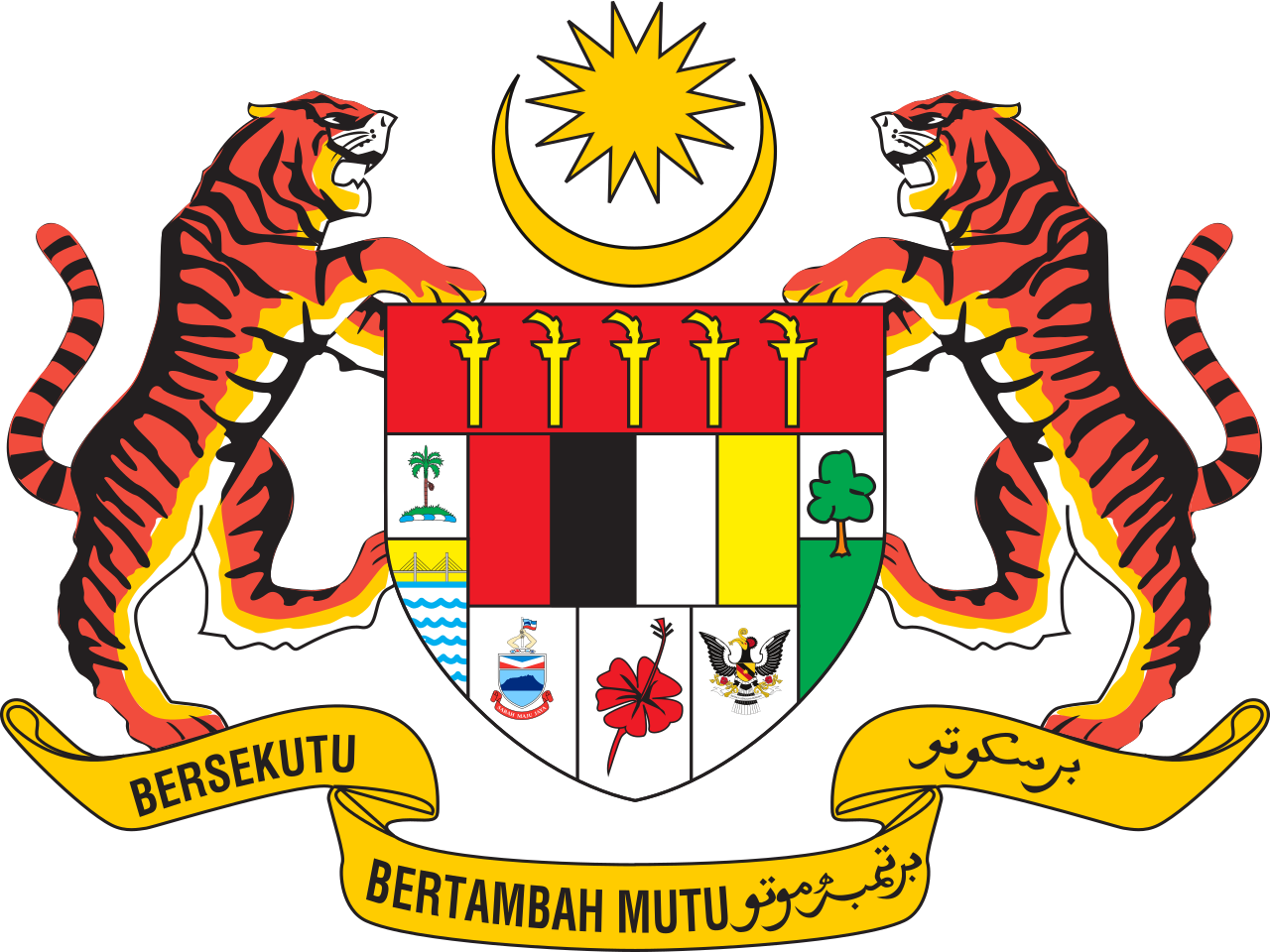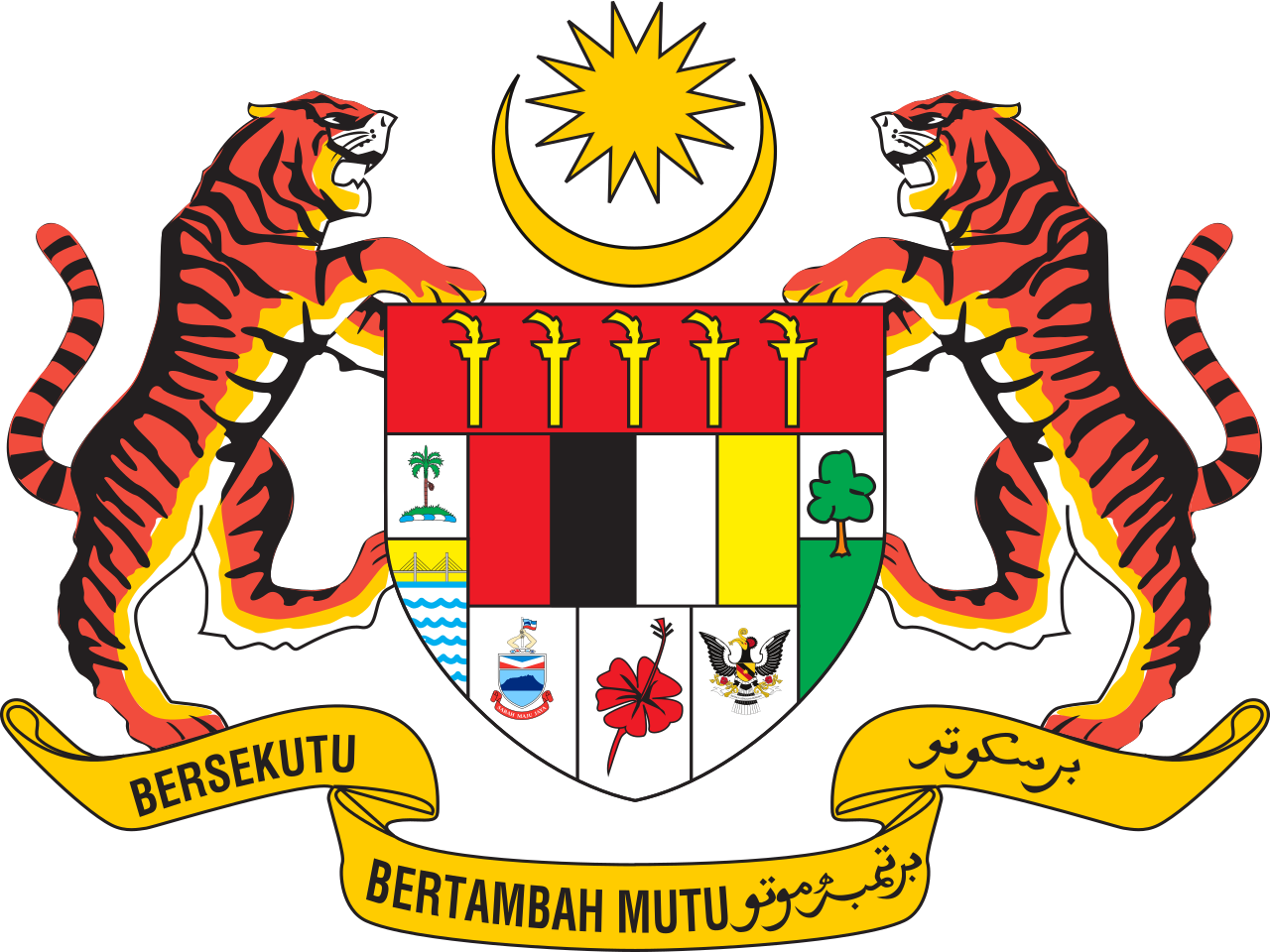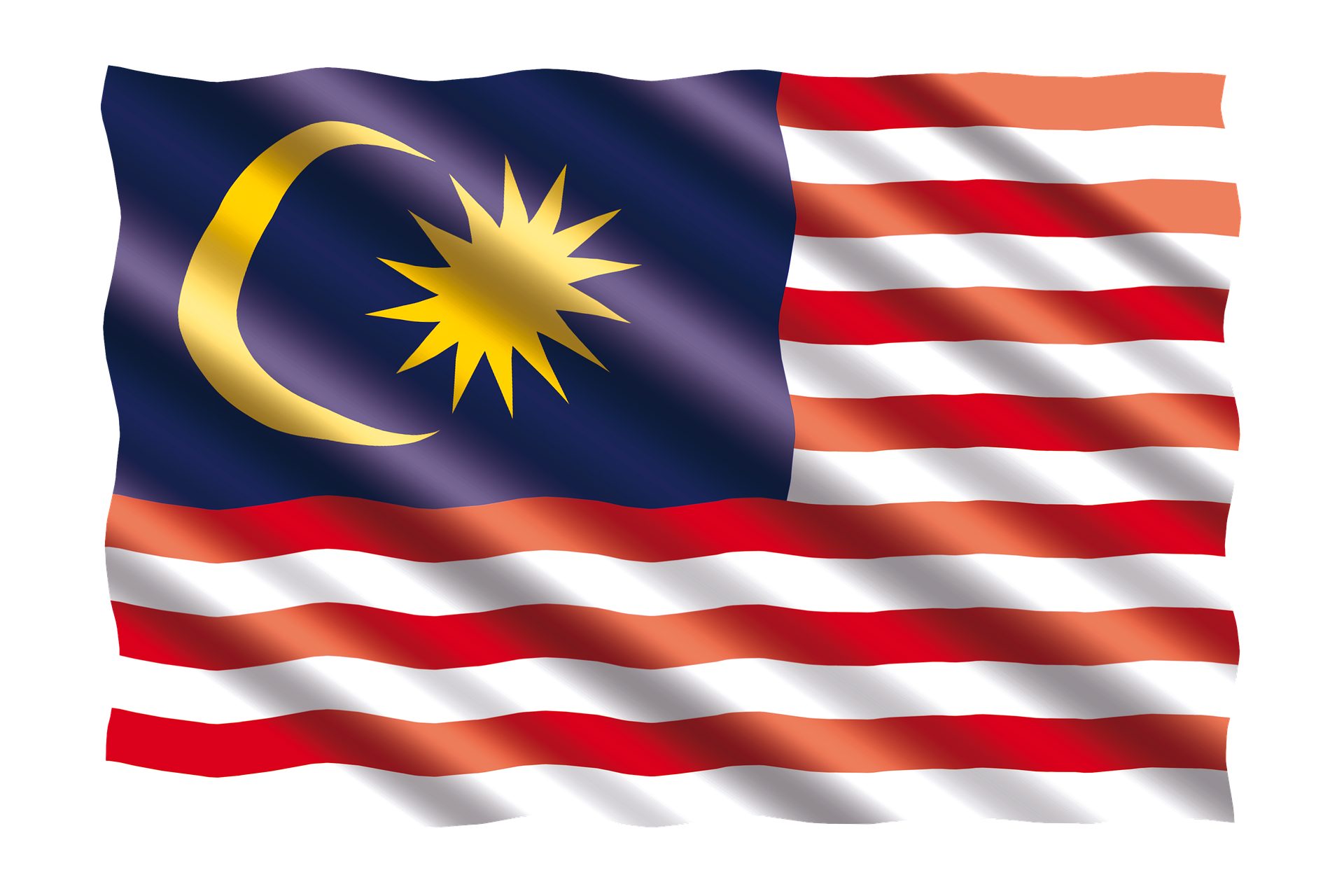Come to Malaysia!
The capital of Malaysia – Kuala Lumpur is also the biggest city in the country. Kuala Lumpur is a place every tourist in Malaysia should visit. The city, home to around 2mil. people, manages to preserve the different cultures, while not falling behind in its development. Kuala Lumpur, or simply KL, is home to many attractions, the most famous of which are the twin skyscrapers – Petronas Twin Towers, Batu Caves and Purdana Botanical Garden.
The state capital of Sarawak and the largest city on the island of Borneo – Kuching is a bustling, diverse city which has old colonial buildings and modern towers and houses. With the Sarawak River on one side and on the other – street food vendors and locals selling handicrafts and paintings.
It has 19th century landmarks like The Astana (former palace of White Rajas) and Fort Margherita along with wildlife sanctuaries with rich flora and fauna.
Located in Malaysia, the Federal Territory of Putrajaya is a city situated towards the south of Kuala Lumpur. Putrajaya is known for its well built late 20th-century architecture of the Putrajaya Mosque and Iranian style architecture of the Putra Bridge which overlooks the famous man-made Putrajaya Lake.
The “Petronas” towers are two 88- floors skyscrapers with high 451,9 meters. The towers were built in 1999 and hold the record for the highest twin towers in the world.
Batu caves are series of caves and cave temples on a limestone hill, which is located 8.1 kilometers from Kuala Lumpur. The name “Batu” in Malaysian means “rock”. The caves are more than 400 million years old as some of the entries were used as shelter by the locals – Temuan. At the moment “Batu” is one of the most popular Hindu shrines outside of India.
The Purdana Botanical Garden, located in Kuala Lumpur’s Tun Abdul Razak National Heritage Park, contains a large collection of flower gardens and animal parks. It was originally created as part of the recreation park, but it was eventually planted with a variety of tropical plants and turned into a botanical garden. The Park recreates the atmosphere of a rainforest, although it is located in the center of a busy metropolis.
The enormous hilltop temple at Air Itam, Penang, Kek Lok Si is the country’s largest Buddhist temple, visited by thousands of worshippers across Southeast Asia every year. Kek Lok Si is known as the jewel in the crown of heritage temples in Malaysia. Completed in 1905, the temple comprises a series of monasteries, prayer halls, a tortoise pond, gift shops and beautifully landscaped gardens. The temple is particularly known for its seven-story Pagoda of Rama VI, its 30.2m high bronze statue of Kuan Yin, the Goddess of Mercy, and its unparalleled view of the entire island. The main highlight of the Temple is the 10,000 Buddha carvings.
Sarawak Cultural Village is a good place to experience life in a different culture, even if only for a few hours. The Sarawak Cultural Village is a living museum where visitors can learn more about the local people, their traditions and lifestyle. Buildings such as the Iban longhouse, represent major ethnic groups in Sarawak. Visitors can also take part in a multicultural dance performance or perhaps be invited to sip tuak, a potent rice wine. Visitors can even be married in a traditional ethnic ceremony.
Cheong Fatt Tze Mansion – better known as the Blue Mansion because of its dazzling indigo-coloured facade is a heritage and landmark on Leith Street in George Town in Penang which is part of the UNESCO World Heritage. Built as a house for the chinese politician and philanthropist Cheong Fatt Tze, the mansion is currently a boutique hotel with a pool, a fine-dining restaurant and a bar.
The music fountains are one of the best locations where you can stop by in the evenings while walking around and enjoying the new surroundings.
Every evening at 8, 9 and 10 o’clock there is a performance that lasts ten minutes. Accompanied by music, the fountains perform as they move in tact enveloped by a spectrum of colorful lights.
The Snake Temple (officially known as Hock Hin Keong) was built in the mid-19th century in honor of Chor Soo Kong, also known as Qingshui. He was a chinese buddhist monk and healer. The legends say that during his lifetime, Chor Soo Kong sometimes offered shelter to local jungle snakes. After the temple was built in his honor, it’s said that snakes began showing up.
Malaysia is full of amazing places for the diving enthusiasts, where you can enjoy swimming by different types of corals alongside hundreds of species of marine animals. The country is suitable for all levels of diving, because the waters are usually calm, the rifts are protected and most of the places can be reached with fast boats without the necessity of big vessels.
One of the best places for diving in Malaysia is the province Sabah, which has many small islands, perfect for divers. There you can dive in the National Park “Miri-Sibuti” or you can go immediately to island Sipadan. Mabul island is suitable for macro diving fans. Next island Liang-Liang is deep dive zone up to 40 meters.
There are about 200 golf courses located in Malaysia. There are places where one will be surrounded by green hills of Malaysia, its numerous tea plantations or along the coast of the South China Sea. Apart of the spectacular view which the Malaysian golf courses provide, they are also equipped with the best facilities that can be found.
Malaysia, a biodiversity hotspot, offers thrilling safari experiences that bring visitors face-to-face with its incredible wildlife.
Taman Negara, one of the world’s oldest rainforests, provides guided safaris where travelers can spot Malayan tigers, Asian elephants, and exotic bird species.
The Kinabatangan River in Sabah offers river safaris, showcasing orangutans, proboscis monkeys, and pygmy elephants.
Danum Valley, Sabah, is another prime safari destination, known for its rich flora and fauna, including clouded leopards and Bornean sun bears.
These safaris offer an unforgettable glimpse into Malaysia’s diverse ecosystems, making it a must-visit for nature enthusiasts.
Although popular in other Southeast Asian countries as well, Nasi Lemak is considered Malaysia’s national dish and can be found anywhere in the country.
The main component in it is rice boiled in coconut milk and pandan leaves.
The traditional Malaysian version of Nasi Lemak often contains anchovies, chilli paste (sambal), peanuts and boiled eggs.
Translated “Mie Goreng” means fried noodles. In
The dish is comprised of fried noodles, Chinese cabbage, fried tofu, beans sprouts, potatoes, chilly peppers, chicken or shrimps.
Satay is grilled meat skewers and is very famous in the Southeast Asian region.
It can be made from chicken, beef or lamb. In Malaysia the dish is often served with onion, cucumbers and peanut sauce. Usually Satay is served alongside another dish called Ketupat, which is rice dumplings rolled in palm leaves.
Asam Laksa is chilly soup with rice noodles. This is one of the most famous dishes in the chilly cuisine. This type of food is combination of Chinese and traditional Malaysian cuisine, developed around the Peranakans who are descendants of the Chinese immigrants who lived in Malaysia.
The soup is made with fish, grated cucumber, onion, pineapple, red chilly papers, mint, lettuce and ginger.
It is most commonly served with rice noodles and shrimp paste.
Roti Canai is a dish passed by the Indian immigrants settled in Malaysia.
The dish is flatbread served with different types of curry.
There is also a sweet version sprinkled with sugar.
Ais Kacang is a popular Malaysian dessert. The main ingredients are ice and red bean.
Frequently the dessert is served with sweet corn, normal or grass jelly, peanuts and ice cream.
Ais Kacang is poured with condensed or coconut milk or with rose syrup.
CONTACT FORM




